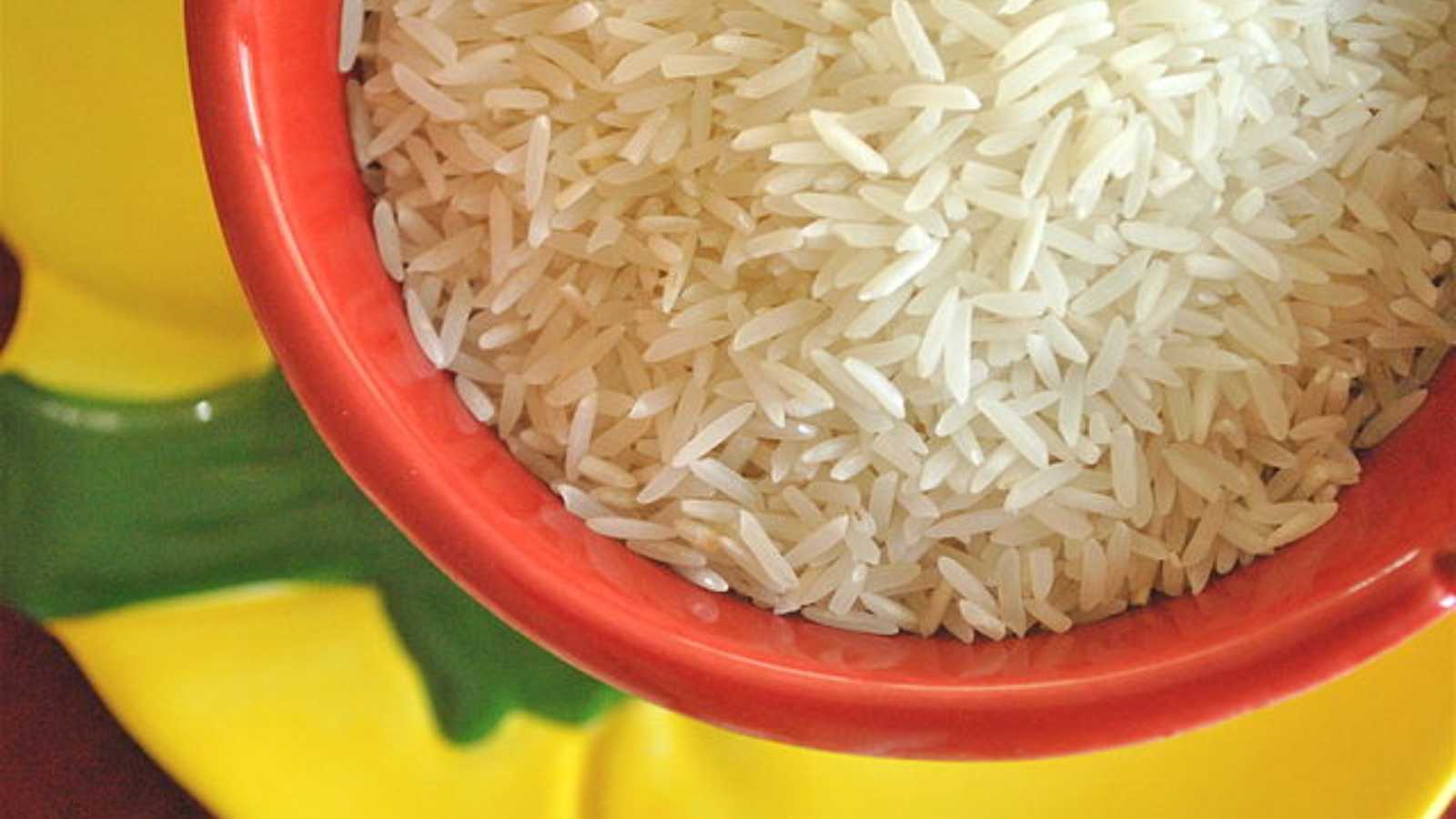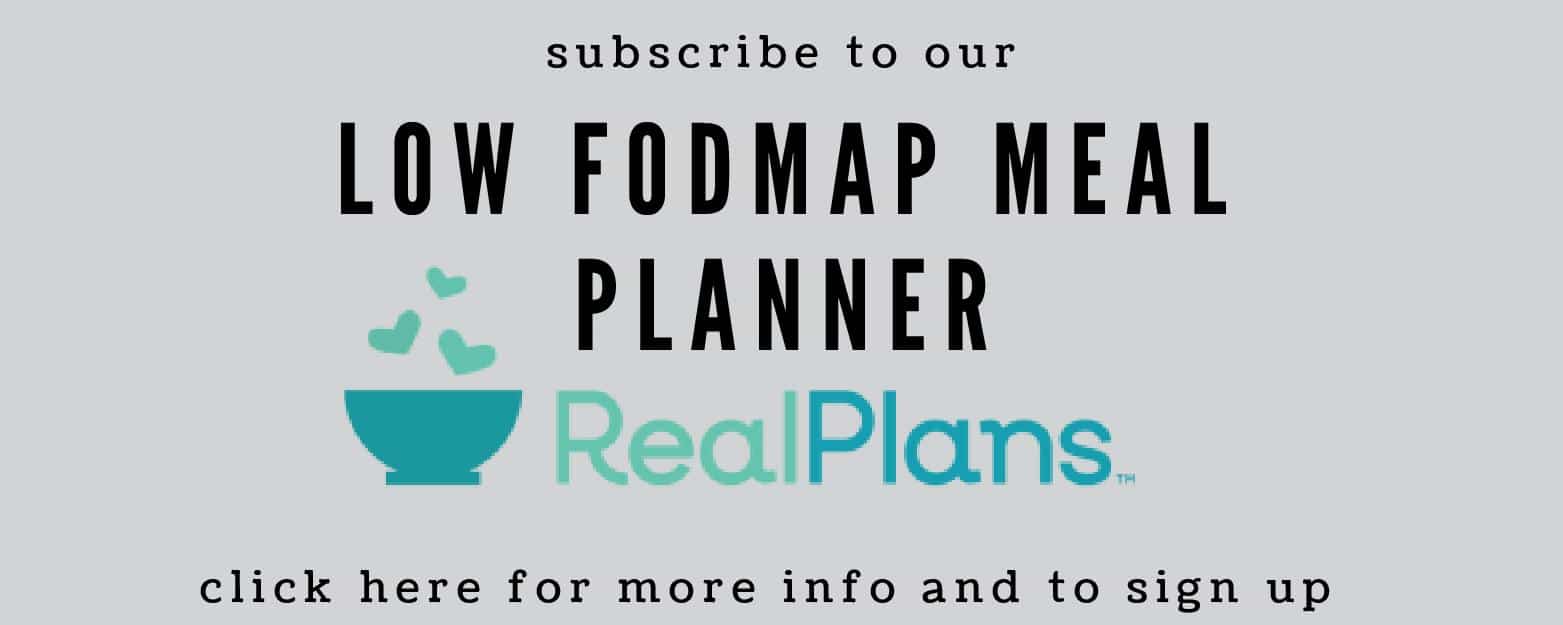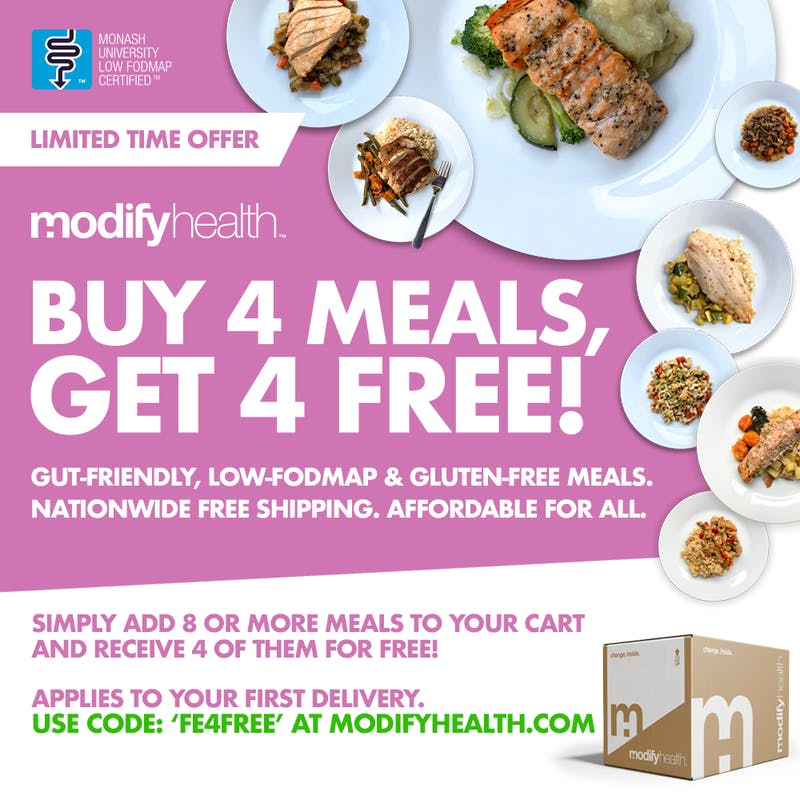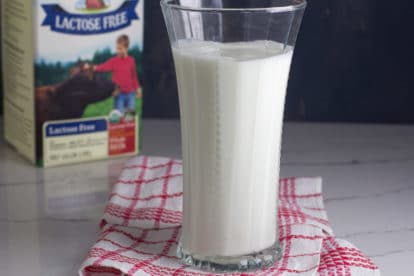We know alcohol consumption is bad for the liver. But fatty liver disease is also a major problem, and it doesn’t take a lot of drinking to cause it. Fatty liver affects as many as 1 in 3 adults, and it’s on the rise. The World Gastroenterology Organization has designated it as one of the most rapidly increasing diseases worldwide.
Fatty liver is the buildup of triglycerides (fat) in liver cells. The liver usually releases these fats into the blood, but excess triglycerides can accumulate if there’s more than the liver can process.
Normally, the liver manages bursts of fat metabolism. But prolonged high triglyceride levels overwhelm its defenses, raising risks of complications.
Doctors traditionally diagnose alcohol-associated or nonalcoholic fatty liver disease. The new name, metabolic dysfunction-associated steatotic liver disease (MASLD), reflects links to metabolic disorders.
This matters because it emphasizes that the condition isn’t just caused by alcohol but is also driven by diet, insulin resistance, and metabolic syndrome. NAFLD (or MASLD) has been linked to an increased risk of liver damage in millions of patients, according to the American Liver Foundation. As many as 25% of adults globally and up to 75% of those with obesity or type 2 diabetes may be affected.
One subset of fatty liver, or MASH, or as it’s now called, metabolic dysfunction-associated steatohepatitis. This is a more serious condition that causes liver inflammation and scarring, or fibrosis. If untreated, this can dramatically increase the risk of cirrhosis, liver cancer, and the need for liver transplants.
According to one 2021 study published in Nature Reviews Gastroenterology & Hepatology, MASH patients have a 15–20% lifetime risk of cirrhosis. When patients have fatty liver and high levels of triglycerides in the blood, the risk increases.
The issue is fatty liver often presents with no symptoms until the advanced stages. The primary prevention method is through a balanced diet and a healthy lifestyle.
Fast food and ultra-processed meals

Eating fast food frequently has been linked with greater progression of fatty liver. One 2023 study from the Keck School of Medicine at the University of Southern California found that people who derived more than 20% of their daily calories from fast food had significantly higher rates of hepatic fat levels.
Fast food’s combination of refined carbs, saturated fats, and excess sodium rapidly accelerates insulin resistance, one of the leading drivers of MASLD. Processed foods lack fiber content compared to home-cooked foods, further exacerbating metabolic load.
Sugar-sweetened beverages

Soft drinks, energy drinks, and sweetened teas have been some of the worst offenders for liver fat accumulation. In a cohort analysis of the Framingham Heart Study published in the Journal of Hepatology (2015), adults who consumed sugar-sweetened beverages daily were 56% more likely to have NAFLD than non-consumers.
High-fructose corn syrup, used in soda and other sweetened beverages, is metabolized almost exclusively by the liver, which can lead to triglyceride buildup and oxidative stress.
Refined grains and white bread

White bread, pastries, and pasta made with refined flour all cause a rapid spike in blood sugar and insulin levels, which leads to fat storage in the liver. In research published in the European Journal of Nutrition (2017), those with high refined grain intake were nearly 2.5 times more likely to have NAFLD than those who consumed whole grains.
Whole grains, in contrast, have fiber that reduces insulin spikes and slows fat accumulation.
Processed red meats

Consuming bacon, sausage, and hot dogs regularly has been tied to higher liver fat content. High red or processed meat intake has been associated with fatty liver disease and insulin resistance.
High levels of compounds called HCAs, often formed when meat is cooked at high temperatures, were also found to be associated mainly with insulin resistance in a study done by the National Library of Medicine between 2013 and 2015 in participants aged 40-70 years old.
Nitrites and advanced glycation end products (AGEs), found in abundance in processed meats, promote inflammation and liver scarring.
Saturated fat–heavy dairy products

While dairy can be part of a healthy diet, full-fat milk, cheese, and butter provide a surplus of saturated fats that can exacerbate fat storage in the liver. In a clinical trial published in Hepatology (2019), diets high in saturated fat increased liver fat by 34% within three weeks, versus diets higher in unsaturated fats.
Opting for low-fat dairy or plant-based alternatives can help lower the risk.
Packaged snacks and chips

Potato chips, crackers, and packaged snack mixes are designed for long shelf life and palatability. However, they also deliver trans fats and refined starches that promote the storage of liver fat.
In a study from the National Institutes of Health (NIH), trans fat consumption not only led to visceral fat accumulation but also a higher risk of fibrosis in NAFLD patients. These snacks are often eaten mindlessly, leading to calorie surpluses that further impair metabolic function.
Fried foods

Deep-fried foods, such as fried chicken and French fries, expose the liver to oxidized oils and trans fats. Consumption of fried foods is associated with significantly higher alanine aminotransferase (ALT), a marker of liver damage.
Repeatedly reheated cooking oils generate compounds that induce oxidative stress in liver cells.
Alcohol (Even moderate intake)

Although ALD and MASLD are categorized separately, alcohol consumption is a significant contributor to fatty liver risk. In a systematic review published in The Lancet Gastroenterology & Hepatology (2021), even light-to-moderate alcohol intake was found to worsen liver outcomes in patients with pre-existing NAFLD/MASLD.
Alcohol promotes fat synthesis, depletes antioxidants, and, when combined with poor diets, hastens fibrosis.
High-fructose snacks and desserts

Candy, baked goods, and ice creams sweetened with fructose are metabolized almost entirely by the liver, leading to direct triglyceride buildup. Fructose, unlike glucose, bypasses normal satiety signals, leading to overconsumption.
White rice

Consuming large amounts of white rice, particularly in its refined form, has been associated with higher NAFLD prevalence in Asian and Middle Eastern populations. In a cross-sectional study published in BMC Gastroenterology (2019), adults who consumed white rice as their primary carbohydrate source had nearly double the risk of fatty liver compared to those who ate mixed or whole grains.
Its high glycemic index rapidly raises blood sugar and insulin, worsening fat deposition.
Commercial baked goods

Cakes, muffins, and pies contain a trifecta of refined flour, sugar, and hydrogenated oils, making them particularly liver-damaging. The double whammy of fructose and trans fats accelerates progression to MASH.
Energy drinks

Energy drinks are often marketed as performance enhancers, but tend to have high sugar loads in combination with stimulants. Case reports published in the World Journal of Hepatology (2016) describe several instances where daily consumption of energy drinks led to acute liver injury.
The high niacin content, when consumed in excess, also burdens the liver’s detoxification processes.
High-sodium packaged meals

Frozen dinners, instant noodles, and packaged soups often contain excessive sodium levels, which can indirectly increase the risk of fatty liver disease by elevating blood pressure and insulin resistance.
In a study published in the Journal of Hepatology (2018), high sodium intake was associated with a 60% higher risk of NAFLD, independent of caloric intake. Salt may also alter gut microbiota composition, promoting inflammation that burdens the liver.
Pizza and cheese-heavy foods

Pizza is one of the top sources of saturated fat and sodium in the American diet. High cheese intake is associated with greater visceral fat and higher rates of metabolic syndrome, both of which contribute to the progression of MASLD.
Fruit juices (Packaged as “natural”)

Despite being marketed as healthy, fruit juices, particularly those in packages, contain concentrated sugars with little fiber to slow their absorption. Fructose-sweetened beverages, including juices, promote increased de novo lipogenesis (fat creation in the liver) compared to glucose-sweetened beverages. Whole fruits, on the other hand, provide protective antioxidants and fiber.
Disclaimer – This list is solely the author’s opinion based on research and publicly available information. It is not intended to be professional advice.
16 grocery staples to stock up on before prices spike again

16 Grocery Staples to Stock Up On Before Prices Spike Again
I was in the grocery store the other day, and it hit me—I’m buying the exact same things I always do, but my bill just keeps getting higher. Like, I swear I just blinked, and suddenly eggs are a luxury item. What’s going on?
Inflation, supply-chain delays, and erratic weather conditions have modestly (or, let’s face it, dramatically) pushed the prices of staples ever higher. The USDA reports that food prices climbed an additional 2.9% year over year in May 2025—and that’s after the inflation storm of 2022–2023.
So, if you’ve got room in a pantry, freezer, or even a couple of extra shelves, now might be a good moment to stock up on these staple groceries—before the prices rise later.




